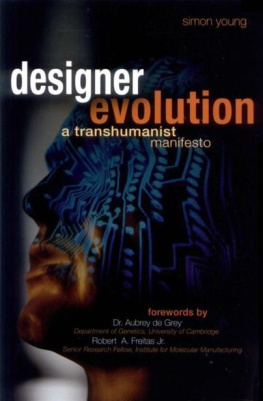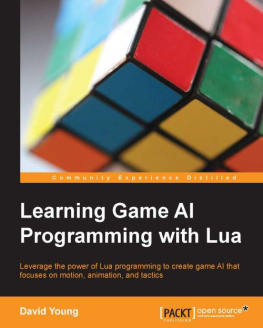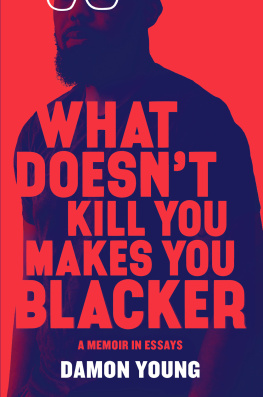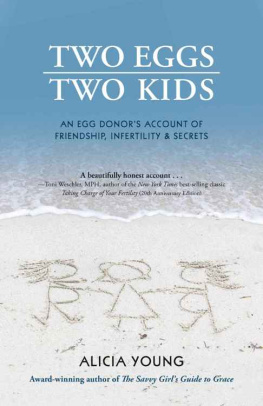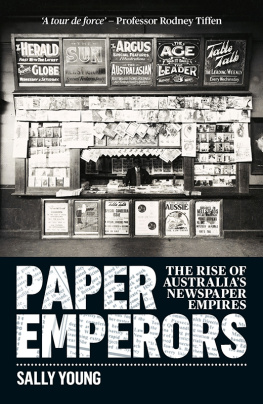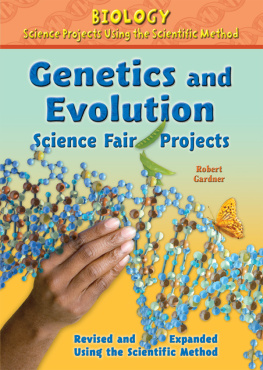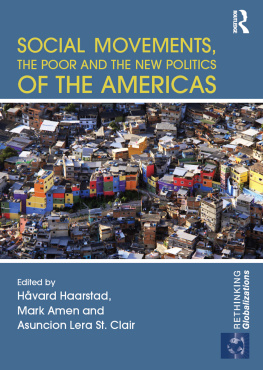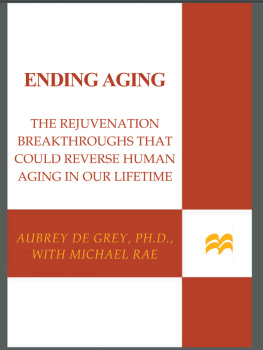Young - Designer Evolution: A Transhumanist Manifesto
Here you can read online Young - Designer Evolution: A Transhumanist Manifesto full text of the book (entire story) in english for free. Download pdf and epub, get meaning, cover and reviews about this ebook. year: 2009, genre: Religion. Description of the work, (preface) as well as reviews are available. Best literature library LitArk.com created for fans of good reading and offers a wide selection of genres:
Romance novel
Science fiction
Adventure
Detective
Science
History
Home and family
Prose
Art
Politics
Computer
Non-fiction
Religion
Business
Children
Humor
Choose a favorite category and find really read worthwhile books. Enjoy immersion in the world of imagination, feel the emotions of the characters or learn something new for yourself, make an fascinating discovery.
Designer Evolution: A Transhumanist Manifesto: summary, description and annotation
We offer to read an annotation, description, summary or preface (depends on what the author of the book "Designer Evolution: A Transhumanist Manifesto" wrote himself). If you haven't found the necessary information about the book — write in the comments, we will try to find it.
Young: author's other books
Who wrote Designer Evolution: A Transhumanist Manifesto? Find out the surname, the name of the author of the book and a list of all author's works by series.
Designer Evolution: A Transhumanist Manifesto — read online for free the complete book (whole text) full work
Below is the text of the book, divided by pages. System saving the place of the last page read, allows you to conveniently read the book "Designer Evolution: A Transhumanist Manifesto" online for free, without having to search again every time where you left off. Put a bookmark, and you can go to the page where you finished reading at any time.
Font size:
Interval:
Bookmark:



evolution
Third Wave thinkers must now face the fact that we are about to become designers of evolution.-Alvin Toffler, The Third Wave (1980)simon young

a transhumanist
manifesto
forewords by dr. aubrey de greydepartment of geneticsuniversity of cambridgeand
robert a. freitas jr.
senior research fellowinstitute for molecular manufacturing




In memory of Mary and J. F. Young
CONTENTS
Chapter 1
Chapter 2
Chapter 3
Chapter 4
Chapter 5
Chapter 6
Chapter 7
Chapter 8
Chapter 9
Chapter 10
Chapter 11
Chapter 12
Chapter 13
FOREWORD 1
FOREVER YOUNG
Biogerontologist, University of CambridgeDr. Aubrey de Grey
De Grey has emerged as one of the boldest thinkers and organizers in the science of aging, whose ideas have begun to influence a whole generation of biologists.-David Stipp, Fortune, June 14, 2004I work on the biology of aging. I do so because, if I may use classic British understatement, I am not altogether in favor of aging and am striving to get it brought under complete control as soon as possible. By complete control I mean the same sort of control that we currently have over, say, malaria: not the absolute elimination of aging from our bodies (which I believe is impossible for biological systems), but the total suppression of its effects on our health, by periodic removal of the damage that it causes at the microscopic level before that damage can spiral out of control and be bad for us.
The practical effect of this will be the same as if we could eliminate it completely: we will be in possession of indefinite youth. We will die only from the sort of causes that young people die of today-accidents, suicide, homicide, and so on-but not of the age-related diseases that account for the vast majority of deaths in the industrialized world today. Our rate of death from age-independent causes will also plummet as we take better care of ourselves and each other, knowing how much more there is to lose than in the past.
Sounds good, doesn't it'? Good enough to try pretty hard to expedite? How hard? As hard as the United States tried to develop the atomic bomb before the Germans did, say? Surely so. Surely the case for a Manhattan Project to cure aging is overwhelming. And yet, though we spend a respectable amount of our wealth on research to postpone the major diseases of old age by the odd year or two, we spend perhaps 1 percent of that on research to combat aging. Even I percent is a decidedly generous estimate, including work with virtually no prospect of giving rise to knowledge relevant to postponing (let alone curing) human aging. I spend much of my time trying to understand why this is so, and of course to change it.
Lots of reasons for reluctance to work hard to cure aging come up, but they're almost all of the same sort: curing aging would cause big changes to society. Overpopulation, unless we implement draconian sterilization. Tyrants reigning forever. We'd never be able to retire. You've heard them-I needn't go on. I could explain why they're all largely nonsense anyway, but I won't, because I have something more direct to say.
Even if they were valid, how is it that these arguments prevail, against the fact that we would be saving so many lives? And let's be clear, "saving" is what it would be-there is no difference between saving lives and extending lives unless you consider that the value of life falls as it continues, irrespective of how much longer it may continue. Let me remind you of the numbers. One hundred thousand deaths a day, about two-thirds of the total number of deaths worldwide, are due to causes that young people hardly ever die of-in other words, they are due to aging. Thirty World Trade Centers every single day. Four times as many deaths per day as occurred during the Second World War. And it's still going up. How can we continue to sit back and accept it? It simply can't be that we prefer death to social change, can it?
The only answer that seems to fit the evidence is denial, based on fear that one won't make the cut. We don't want to get our hopes up that something so desired, which has eluded us for so long, may finally be upon us, only to have those hopes dashed by progress in the science being slower than anticipated. This is a disgrace, and something must be done about it. It's a disgrace because it implies that the only person one cares about saving is oneself, rather than the generation (whichever it turns out to be) who could make the cut if we act today but won't if we don't. But yet it persists. So, what can be done?
Dry academic arguments are my style, but the number of people with whom they resonate is limited. We need a populist approach. And this book provides it. Here you will find a truly down-to-earth, energy-filled, heartfelt description of the world we should be seeking. Not just in terms of defeating aging, but in all aspects of what technology can give us if we stop being afraid.
Read on, stand up, and get active.
FOREWORD 2
NANOMEDICINE AND
TWENTY FI RST-CENTU RY
HEALTHCARE

Biotechnology and genetic engineering are comparatively well known as potential methods of enhancing the body, because of their many important successes over the last several decades. But advocates of these approaches often ignore a future post-biotechnology discipline, just now appearing on the two- to threedecade research and development horizon, which can almost guarantee wholebody elimination of biological senescence and the indefinite maintenance of healthy mind and body, while producing few if any unwanted medical side effects.
This new technology involves the application of molecular nanotechnology and nanorobotics to human healthcare.' Over the next decade or two, it will become increasingly clear that all of biotechnology is but a small subset-albeit an important subset-of nanotechnology. Indeed, the twenty-first century will be dominated by nanotechnology-the engineering and manufacturing of objects with atomic-scale precision.
Next pageFont size:
Interval:
Bookmark:
Similar books «Designer Evolution: A Transhumanist Manifesto»
Look at similar books to Designer Evolution: A Transhumanist Manifesto. We have selected literature similar in name and meaning in the hope of providing readers with more options to find new, interesting, not yet read works.
Discussion, reviews of the book Designer Evolution: A Transhumanist Manifesto and just readers' own opinions. Leave your comments, write what you think about the work, its meaning or the main characters. Specify what exactly you liked and what you didn't like, and why you think so.

